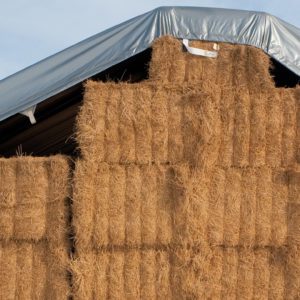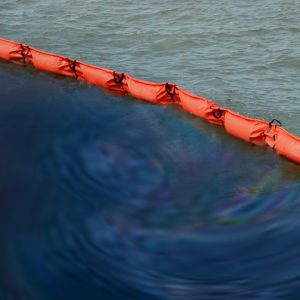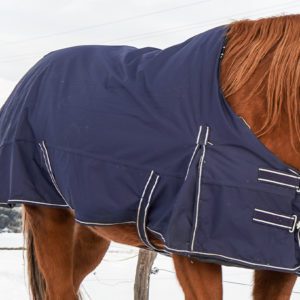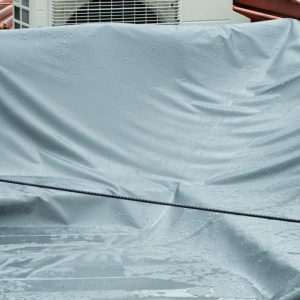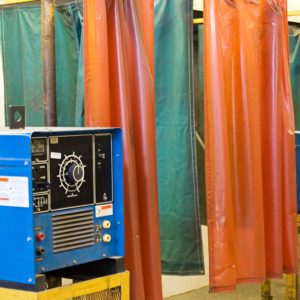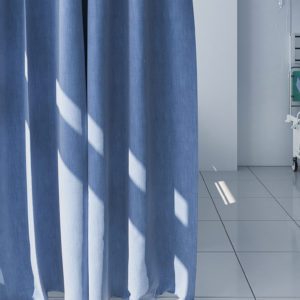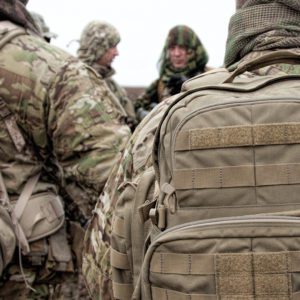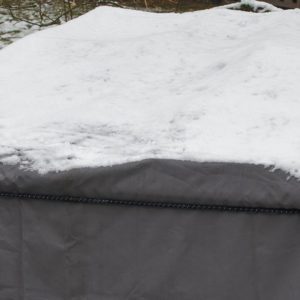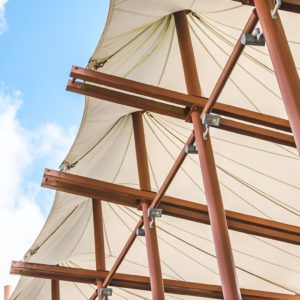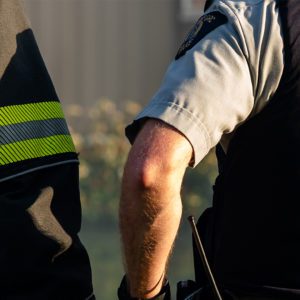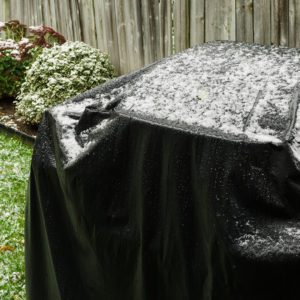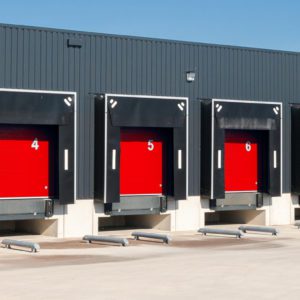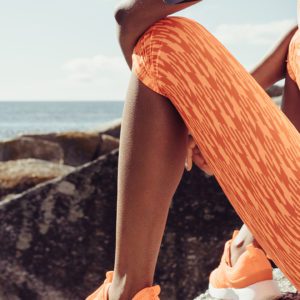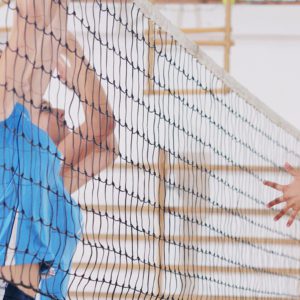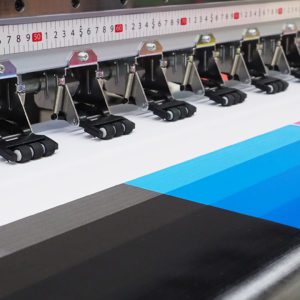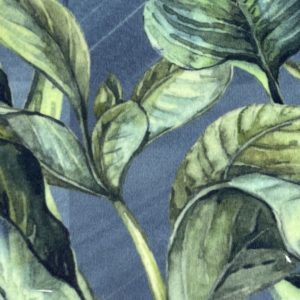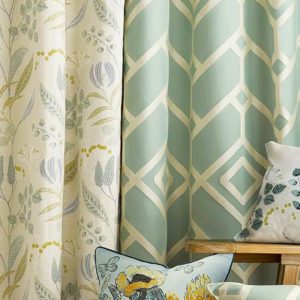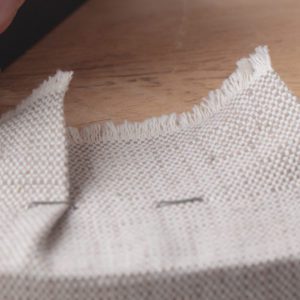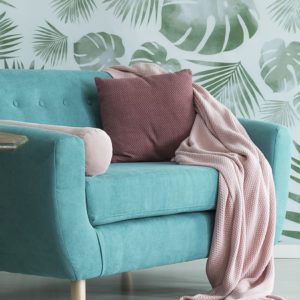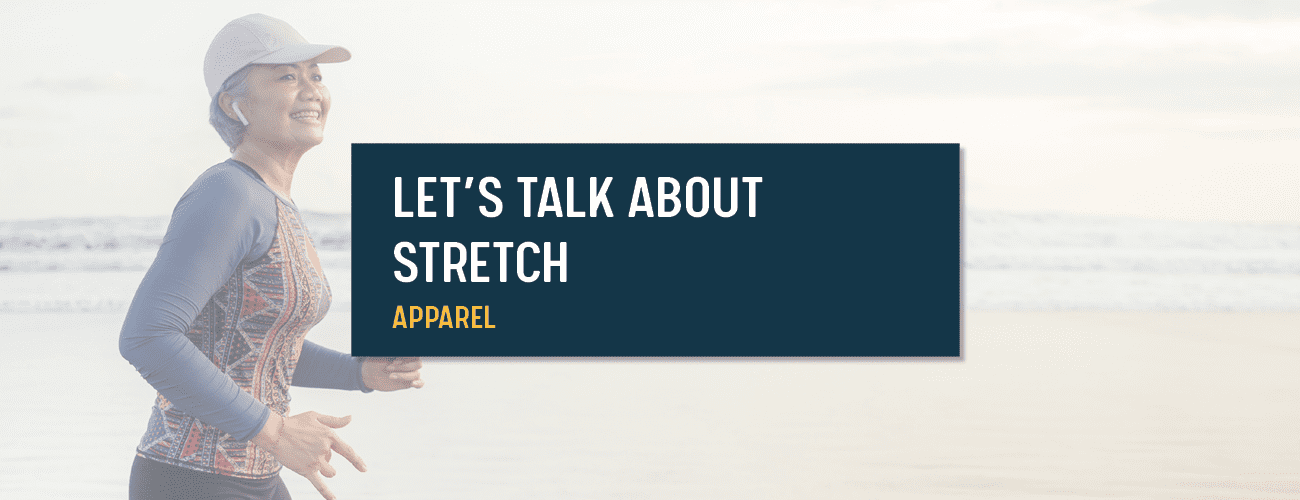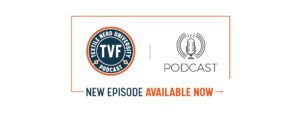In apparel fabric, we often focus only on its 2-way or 4-way stretch characteristics. While those are the most concise and common descriptors, we also love to get more granular with customers about stretch properties. Your end-use is key to working toward the ideal stretch needs of your fabric, but here are some terms to ponder, starting from the top:
A 2-way stretch fabric can stretch either horizontally or vertically.
A 4-way stretch fabric will stretch both horizontally and vertically.
Recovery simply refers to how the fabric returns to its original shape after it’s no longer being stretched. For example, fabric that returns to its original form after stretch has good recovery. If the fabric sags or leaves a pucker effect after stretch, then it has poor recovery.
While most garment fabrics made to stretch are knit, you’ll find some wovens that will deliver the stretch you need. For example, our 5 oz. 96/4 Polyester Microfiber Spandex – also referred to as Stretch Microfiber – is a four-way stretch woven that has excellent recovery. It features a soft hand and superb durability for board shorts, light jackets, and outdoor apparel while maintaining great resistance to pilling and snagging.
Yarn composition is also important to look at when considering the right level of stretch for your apparel fabric. The numbers alone – like 96-4 Polyester/Spandex – won’t tell you the whole story, but in concert with attributes previously mentioned and our decades of expertise, you’ll be able to find the fabric that fits your needs.
Though we’ve only highlighted a few stretch factors, the bottom line is the fabric you select for your end use may require a closer examination than what a handful of numbers will tell you. Connect with the TVF Sales Team to learn more.
